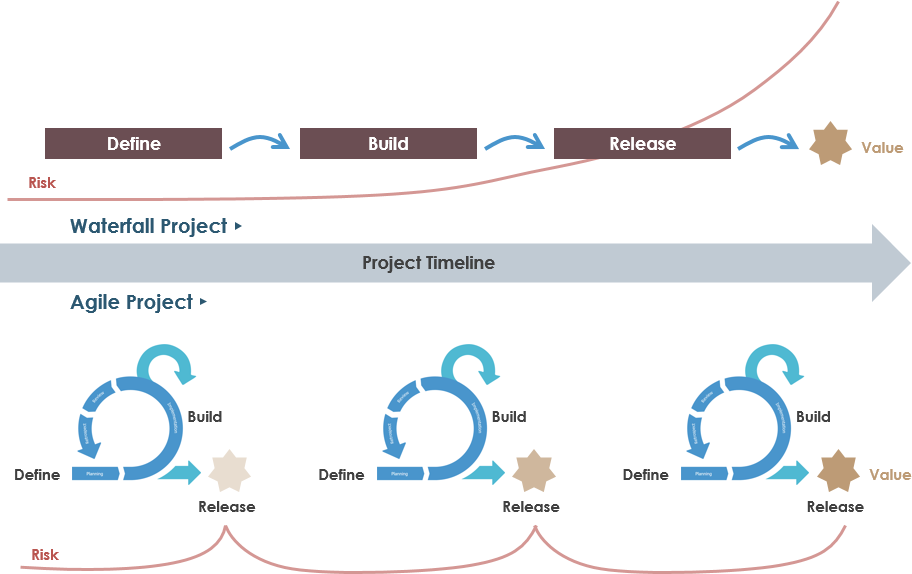The Enduring Relevance of UML: Leveraging Modeling for Agile Success
The Unified Modeling Language (UML) has long been a fundamental tool in the software development arsenal, providing a standardized visual language for modeling the structure and behavior of complex systems. As the software industry has shifted towards more iterative, flexible Agile methodologies, there have been questions about the ongoing relevance of UML. However, a closer examination reveals that UML remains a valuable asset, particularly when leveraged appropriately within an Agile context.

The Core Value of UML
At its core, UML provides a common vocabulary and set of diagramming techniques that allow software teams to communicate their designs, ideas, and architectural decisions in a clear, concise manner. This shared understanding is invaluable, regardless of the software development process being followed.
The key strengths of UML include:
- Visualization: UML diagrams offer a powerful way to visualize and document the static structure and dynamic behavior of a software system. This promotes shared understanding and facilitates communication between technical and non-technical stakeholders.
- Abstraction: UML supports modeling at various levels of abstraction, from high-level conceptual diagrams to detailed design specifications. This flexibility allows teams to focus on the appropriate level of detail based on the task at hand.
- Standardization: As a widely-adopted industry standard, UML provides a common language that can be understood by software professionals worldwide. This facilitates collaboration, especially on distributed or large-scale projects.
- Design Documentation: UML diagrams can serve as a valuable reference for documenting the design of a system, which can aid in maintenance, support, and future enhancements.
Embracing UML in an Agile World
While the Agile Manifesto emphasizes “working software over comprehensive documentation,” this does not mean that all forms of documentation are inherently antithetical to Agile. The key is to use UML judiciously and in a way that directly supports the goals of an Agile process.
Here are some ways to effectively leverage UML in an Agile environment:
- Ideation and Communication: UML can be particularly useful during the initial stages of an Agile project, when the team is brainstorming ideas and aligning on the overall system architecture. Quick, lightweight UML diagrams can help the team visualize and communicate their concepts, leading to a shared understanding before diving into implementation.
- Agile Modeling: Rather than comprehensive upfront design, Agile teams can adopt a “Just-in-Time” modeling approach, creating UML diagrams on an as-needed basis to support the current sprint or iteration. This keeps the documentation concise and directly relevant to the work at hand.
- Architectural Blueprinting: UML can play a crucial role in defining and documenting the overall system architecture, even in an Agile context. By maintaining a high-level architectural model, teams can ensure consistency and maintainability as the system evolves over time.
- Knowledge Capture and Transfer: UML diagrams can serve as valuable artifacts for capturing and transferring knowledge, particularly when onboarding new team members or supporting the system in production. Judiciously-applied UML can enhance an Agile team’s ability to adapt to change.
The key is to adopt a pragmatic, just-enough approach to UML modeling within an Agile process. The goal should be to leverage UML’s strengths in a way that directly supports the team’s objectives, rather than creating documentation for its own sake.
Conclusion
In an era of rapidly evolving software development methodologies, the Unified Modeling Language remains a relevant and valuable tool. By adapting UML practices to the Agile mindset, software teams can harness the power of visual modeling to enhance communication, promote shared understanding, and support the iterative delivery of high-quality software. The enduring relevance of UML lies in its ability to adapt and complement modern Agile approaches, ultimately contributing to the success of software projects in the 21st century.

